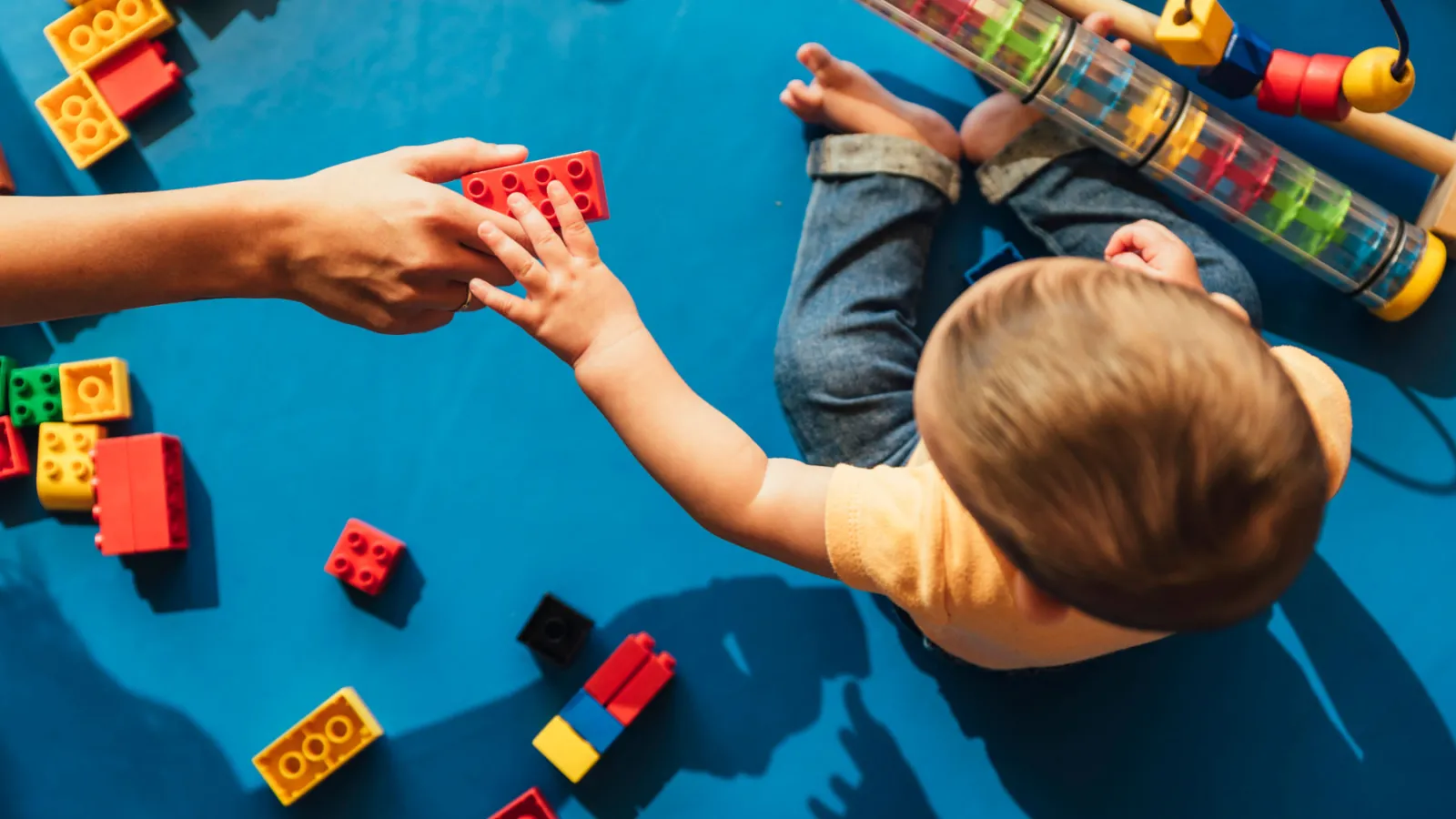Banner

Title
resources
Resource Library
Our Resource Library contains materials and assistance for early childhood educators and those they serve. Explore our selection of podcasts, tip sheets, websites, documents, and self-study courses.
Results: Page 33 of 42
| Resource Name | Description | Resource Type |
|---|---|---|
| Sesame Street Addresses Traumatic Experiences | When a child endures a traumatic experience, the whole family feels the impact. But adults hold the power to help lessen its effects. | Website |
| Seven Strategies for Building an Accepting and Inclusive Environment | Highlights how early care and education professionals can create an environment in which all children have a sense of belonging. | Tipsheet |
| Should Childhood Trauma Be Treated As A Public Health Crisis? | When public health officials get wind of an outbreak of Hepatitis A or influenza, they spring into action with public awareness campaigns, monitoring and outreach. But should they be acting with equal urgency when it comes to childhood trauma? A new study published in the Journal of the American Medical Association suggests the answer should be yes. | Website |
| Sibling Support Poject | Founded in 1990, the Sibling Support Project is a national program dedicated to the life-long and ever-changing concerns of millions of brothers and sisters of people with special developmental, health, and mental health needs. | Website |
| Sibshops | Sibshops provide siblings of kids with disabilities with peer support and information in a lively, recreational setting. | Website |
| Siete Estrategias para Edificar y Aceptar un Ambiente Igualitario (Seven Inclusion Strategies for Building an Accepting and Inclusive Environment) | Destaca cómo los profesionales de la educación y el cuidado infantil pueden crear un entorno en el que todos los niños tengan un sentido de pertenencia. Highlights how early care and education professional can create an environment in which all children have a sense of belonging. | Tipsheet |
| Slow Onset May Explain Late Autism Diagnosis in some Children | This article written by Hannah Furfaro, discusses that new research suggests why some autistic children don’t show traits of the condition until age 5 or later. Others show a few mild features at age 3 but only later meet the criteria for diagnosis. There is a downloadable PDF version of this article available on the website. | Website |
| Small Groups: Six Essential Program Practices | High-quality relationship-based care is central to children’s early brain development, emotional regulation, and learning (Center on the Developing Child, 2012). One of the Program for Infant/Toddler Care (PITC) essential program practices for promoting this type of care is the use of small groups (PITC, n.d.). | Document |
| Small Talks Recap: Addressing Implicit Bias in Early Childhood: Get Comfortable Being Uncomfortable | The Think Small Institute held on February 18, 2021, explored what implicit bias looks like in a preschool setting and discussed ways to have the often difficult, but important conversations about race and equity with colleagues, families, and young children. Find resources discussed by the panelists and a video of the event below. | Website |
| Social Determinants of Grief: the Impact of Black Infant Loss | "This webinar, hosted by NICHQ on behalf of Baby 1st Network, will offer insight on how some women of color deal with compounded loss and trauma. Participants will walk away with an opportunity to gain additional knowledge on how to best serve communities of color affected by infant loss." | Website |
Results: Page 33 of 42